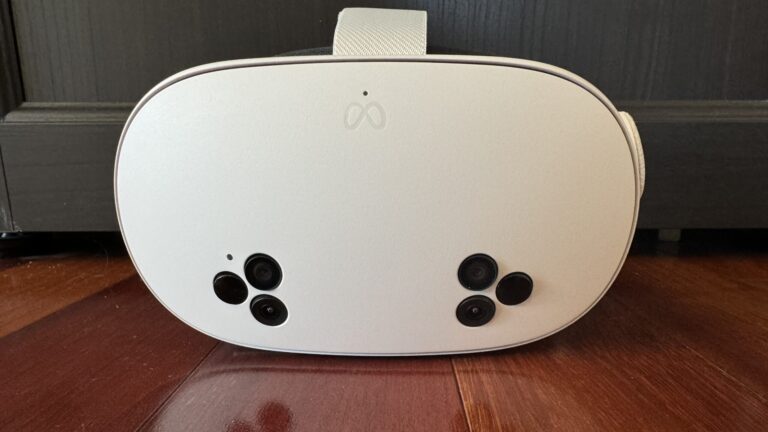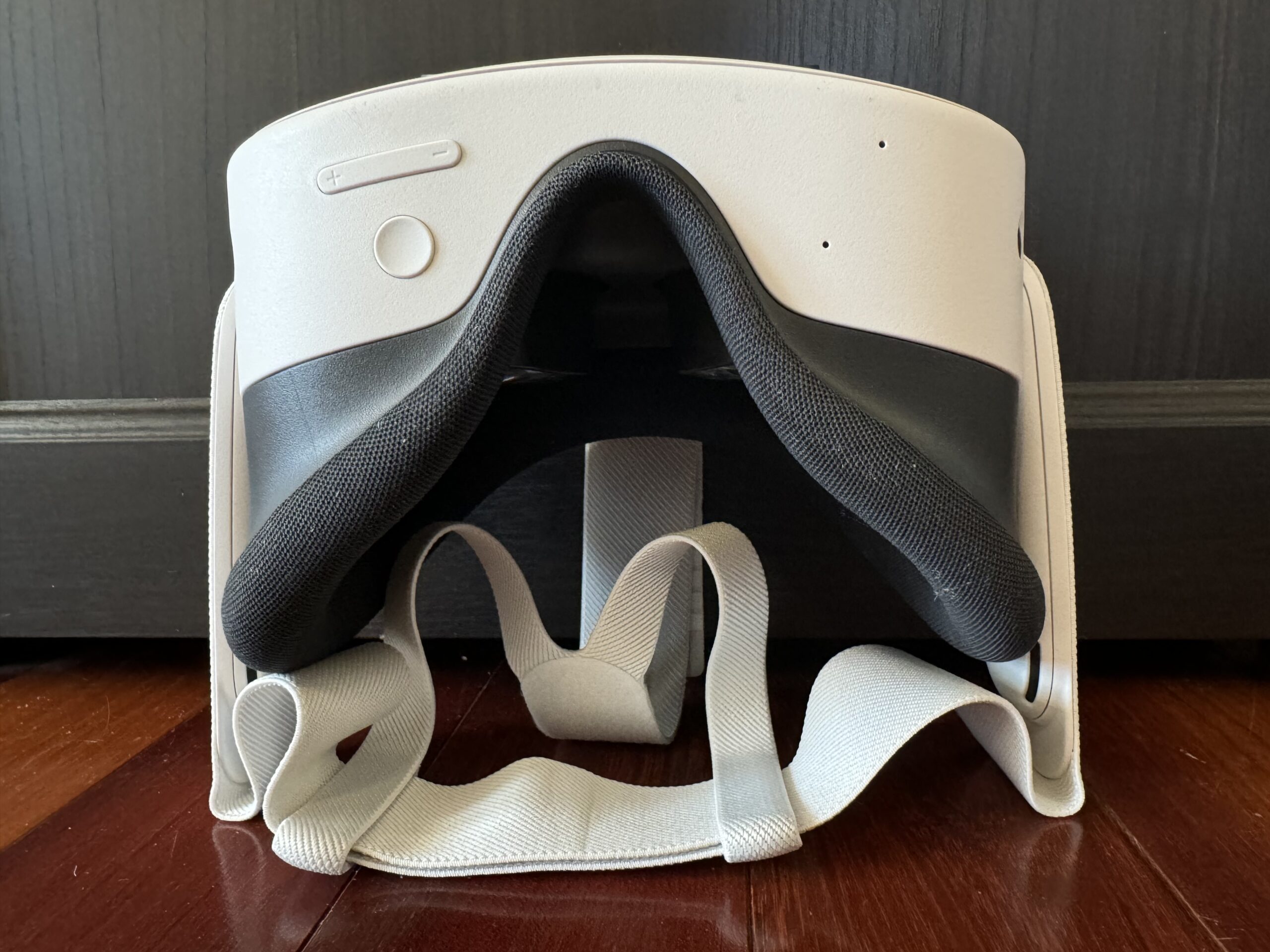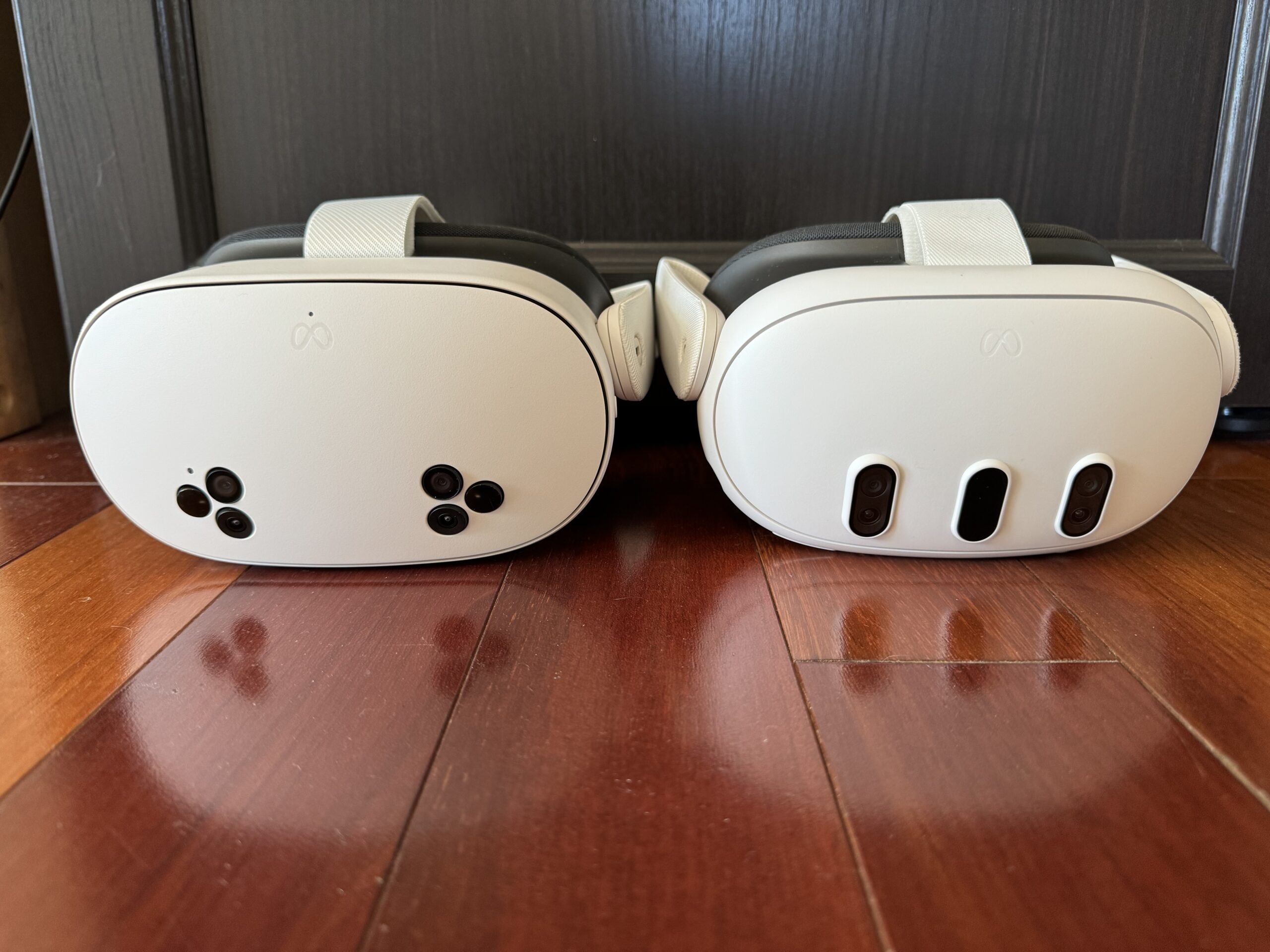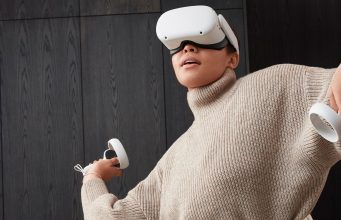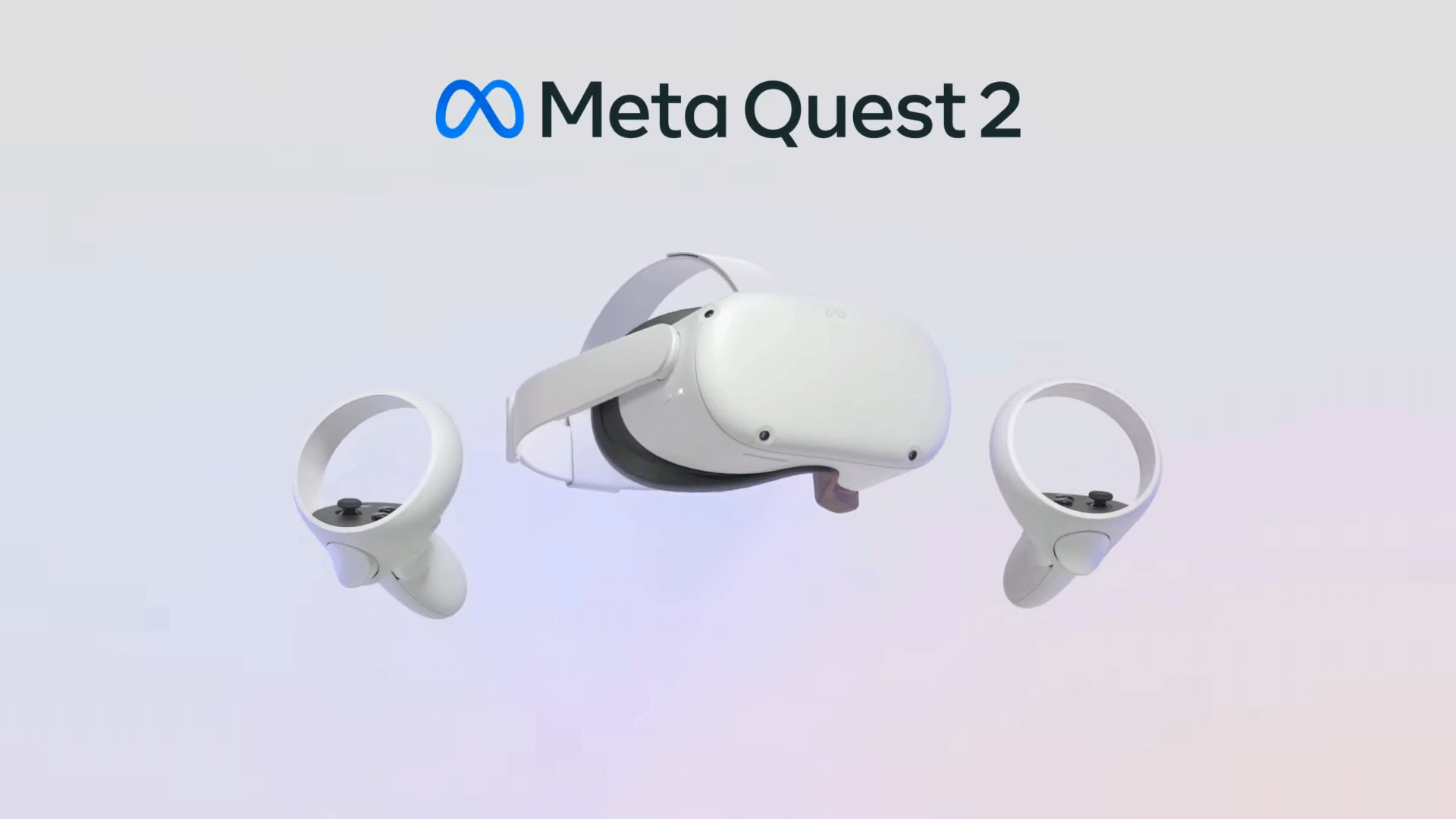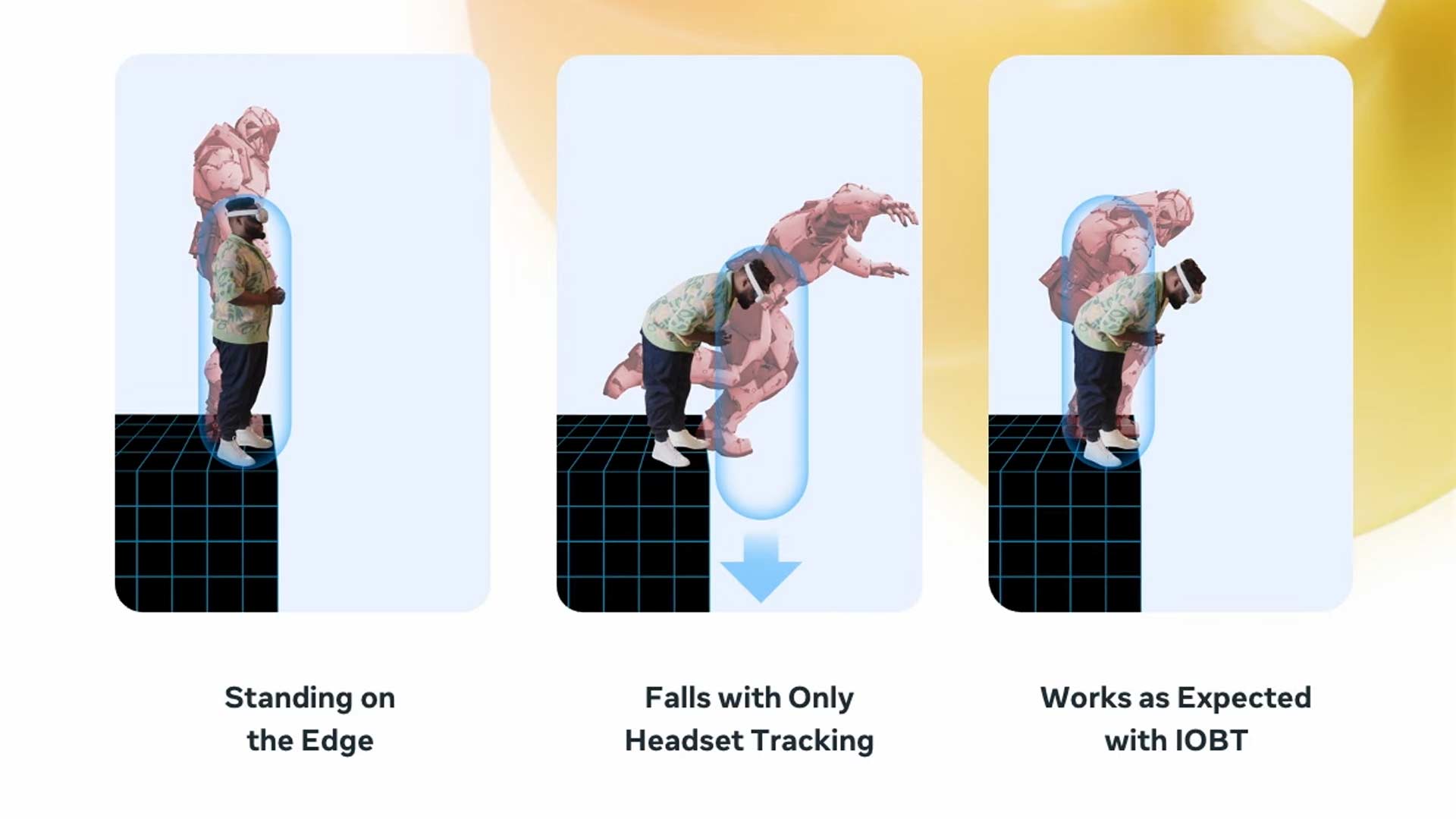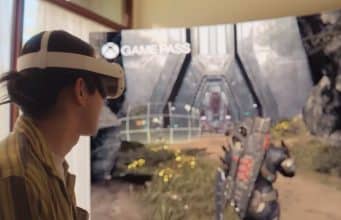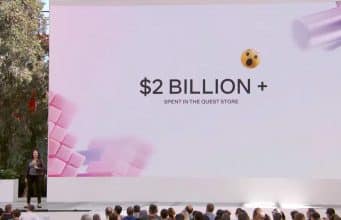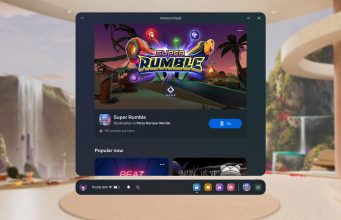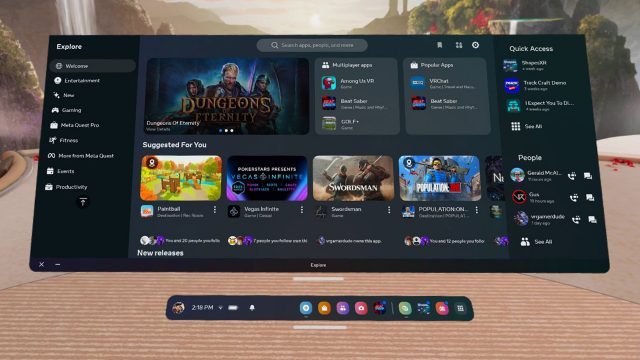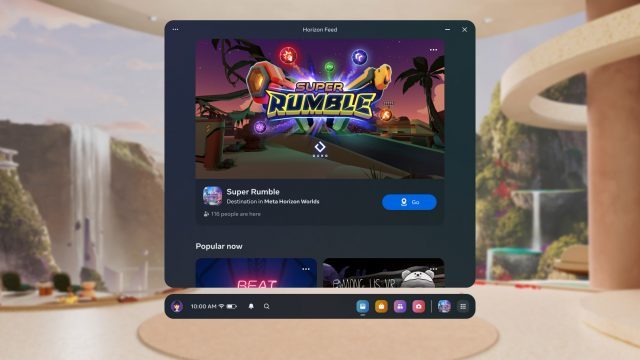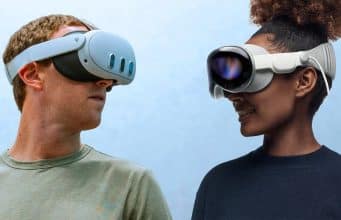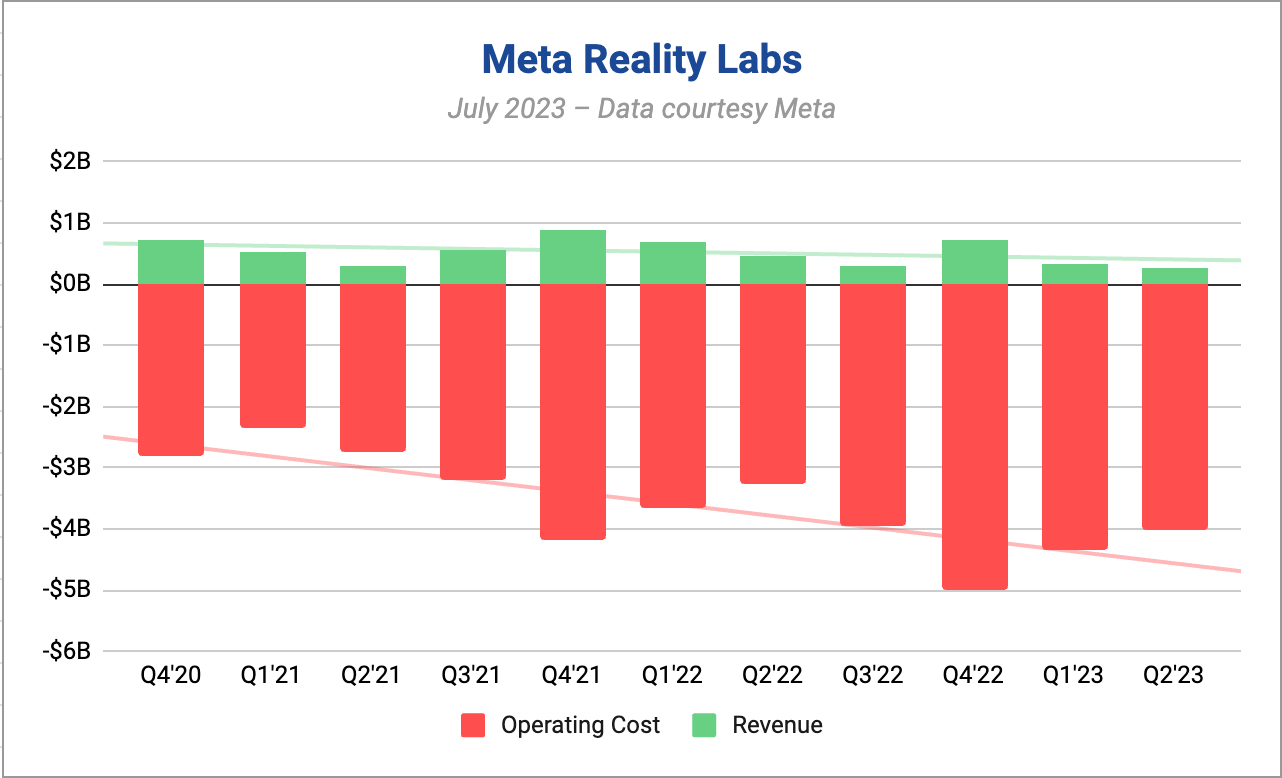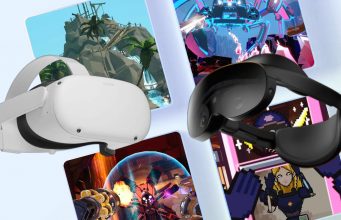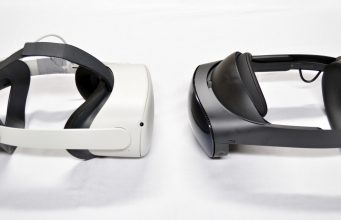Meta Quest 3S is a disappointing half-step to Carmack’s low-cost VR vision
Significant visual and comfort compromises make last year’s Quest 3 a better VR investment.

Look at all those dots. Credit: Kyle Orland
It’s been just over two years now since soon-to-depart CTO John Carmack told a Meta Connect audience about his vision for a super low-end VR headset that came in at $250 and 250 grams. “We’re not building that headset today, but I keep trying,” Carmack said at the time with some exasperation.
On the pricing half of the equation, the recently released Quest 3S headset is nearly on target for Carmack’s hopes and dreams. Meta’s new $299 headset is a significant drop from the $499 Quest 3 and the cheapest price point for a Meta VR headset since the company raised the price of the aging Quest 2 to $400 back in the summer of 2022. When you account for a few years of inflation in there, the Quest 3S is close to the $250 headset Carmack envisioned.
A new button on the underside of the Quest 3S lets you transition to pass-through mode at any time. Credit: Kyle Orland
Unfortunately, Meta must still seriously tackle the “250 grams” part of Carmack’s vision. The 514g Quest 3S feels at least as unwieldy on your face as the 515g Quest 3, and both are still quite far from the “super light comforts” Carmack envisioned. Add in all the compromises Meta made so the Quest 3S could hit that lower price point, and you have a cheap, half-measure headset that we can only really recommend to the most price-conscious of VR consumers.
Meta Quest 2 Plus
iFixit’s recent teardown of the Quest 3S shows that the new headset is more than just a spiritual successor to the cheap and popular Quest 2. On the contrary, iFixit found the Quest 3S optical stack uses the exact same parts as the Quest 2, right down to the LCD panels and fresnel lenses.
In 2020, the 1832×1920 per-eye resolution offered by that visual stack represented a significant upgrade from what had come before, especially at such a low price point. Today, though, that dated display technology invites direct comparisons to the 2604×2208 per-eye display on last year’s Quest 3. With the displays sitting just inches from your eyes, that difference represents a very noticeable 20 percent drop in apparent clarity, down from 25 pixels per degree to a mere 20.
Going back to the 3S after a year spent in the Quest 3 is a bit like walking around in glasses that suddenly have a thin layer of Vaseline smeared on them. Everything looks quite a bit fuzzier, especially near the borders of the display, and edges of objects look distinctly more jagged than on the Quest 3. The difference is especially noticeable when trying to read small text in VR or make out fine details in the real world through the headset’s array of passthrough cameras.
It’s not quite a retreat to the days of the infamous “screen door effect” that plagued early Oculus-era headsets, but the distinct visual downgrade makes virtual reality experiences that much less convincing and engrossing on the 3S.
It’s the little things
The visual downgrades on the Quest 3S extend to the field of view, which narrows from 110 horizontal degrees on the Quest 3 to a mere 97 degrees on the 3S (the vertical field of view sees a smaller reduction from 97 degrees to 93 degrees). This difference isn’t as apparent as the drop in resolution between the two headsets, but it does lead to a few more “tunnel vision” moments at the margins. In a game like Beat Saber, for instance, I noticed many of my swings were rendered effectively invisible by the larger black void taking up much of my peripheral vision.
A comparative side view shows the reduced depth of the pancake lens housing on the Quest 3 (top) compared to the Quest 3S (bottom). Credit: Kyle Orland
Going back to the fresnel-lens-based Quest 2 visual stack also means doing without the thinner pancake lenses introduced on the Quest 3. The result is an eyebox on the 3S that extends about an inch farther from your face than on the Quest 3. That might not sound like much, but having the lens’ center of gravity farther from your face makes the headset feel a bit heavier and the fit a bit less secure as you move your head around in VR.
Then there are the compromises when it comes to fine-tuning the distance between the Quest 3S’ lenses. On the Quest 3, an adjustment wheel on the bottom of the headset lets you adjust this interpupillary distance (IPD) continuously, down to the millimeter precision. On the Quest 3S, you instead manually shift the lenses into three preset grooves that are a full 5 millimeters apart. If your face’s actual IPD falls in the middle of those 5 mm windows, the result can be the kind of eye strain and trouble focusing that we complained about in our original Quest 2 review.
Meta has also done away with quite a few Quest 3 creature comforts in an apparent effort to keep the Quest 3S price down. The lack of an external depth sensor, for instance, can make things like pass-through video and hand tracking feel a bit more wonky than on the Quest 3. The Quest 3S is missing a standard headphone jack, too, for those still using wired headphones. And the new headset also lacks any automatic face detection, adding the small annoyance of physically tapping the power button to return from sleep mode when you put it back on.
Spend the extra money
From the front, the external cameras are the easiest way to tell the difference between the Quest 3S (left) and the Quest 3.
I’ve been comparing the Quest 3S to the Quest 3 because that’s the decision consumers considering a Meta headset will face today (if they can get over the need for a Meta account to use the headset in the first place). But Meta’s discontinuation of the aging Quest 2 means millions of current Quest 2 owners will soon be faced with the prospect of upgrading or abandoning Meta’s VR ecosystem for good, just as original Quest owners did last year.
For those current Quest 2 owners, the Quest 3S represents the cheapest way to maintain continued access to Meta’s library of VR games and apps. And that library continues to expand with everything from mind-bending indie games to quirky multiplayer arenas to single-player adventures like Batman: Arkham Shadow, which now comes free with every Quest 3 or 3S headset.
But the move from a Quest 2 to a Quest 3S is relatively small, considering the four-year gap between the similarly priced headsets. Yes, you’ll notice some significant improvements in the newer headset’s full-color pass-through cameras and the headset’s maximum frame rate (up from 90 Hz to 120 Hz). The 3S also offers a slightly more future-proofed Qualcomm XR Gen 2 processor (over the Quest 2’s original XR processor) and slightly more precise Touch Plus controllers (which are missing the annoying tracking ring on the original Quest 2 controllers).
All told, though, the Quest 3S is far from the generational upgrade from the Quest 2 you might hope for. For that kind of apparent jump, you’re much better off shelling out a bit more money for the full-fledged Quest 3. The improvements in form factor, field of view, IPD adjustment, and especially resolution make the higher-end set well worth the extra money. That’s especially true if you can manage to track down the now-discontinued 128GB Quest 3, which is currently being closed out for just $430 (compared to $500 for the new 528GB version).
If you simply want the cheapest way to access Meta’s library of virtual reality games, the Quest 3S certainly fills that hole in the market. If you want a more robust VR experience that’s likely to suffice further into the future, though, the extra investment in a Quest 3 headset is probably worth it.
Kyle Orland has been the Senior Gaming Editor at Ars Technica since 2012, writing primarily about the business, tech, and culture behind video games. He has journalism and computer science degrees from University of Maryland. He once wrote a whole book about Minesweeper.
Meta Quest 3S is a disappointing half-step to Carmack’s low-cost VR vision Read More »
